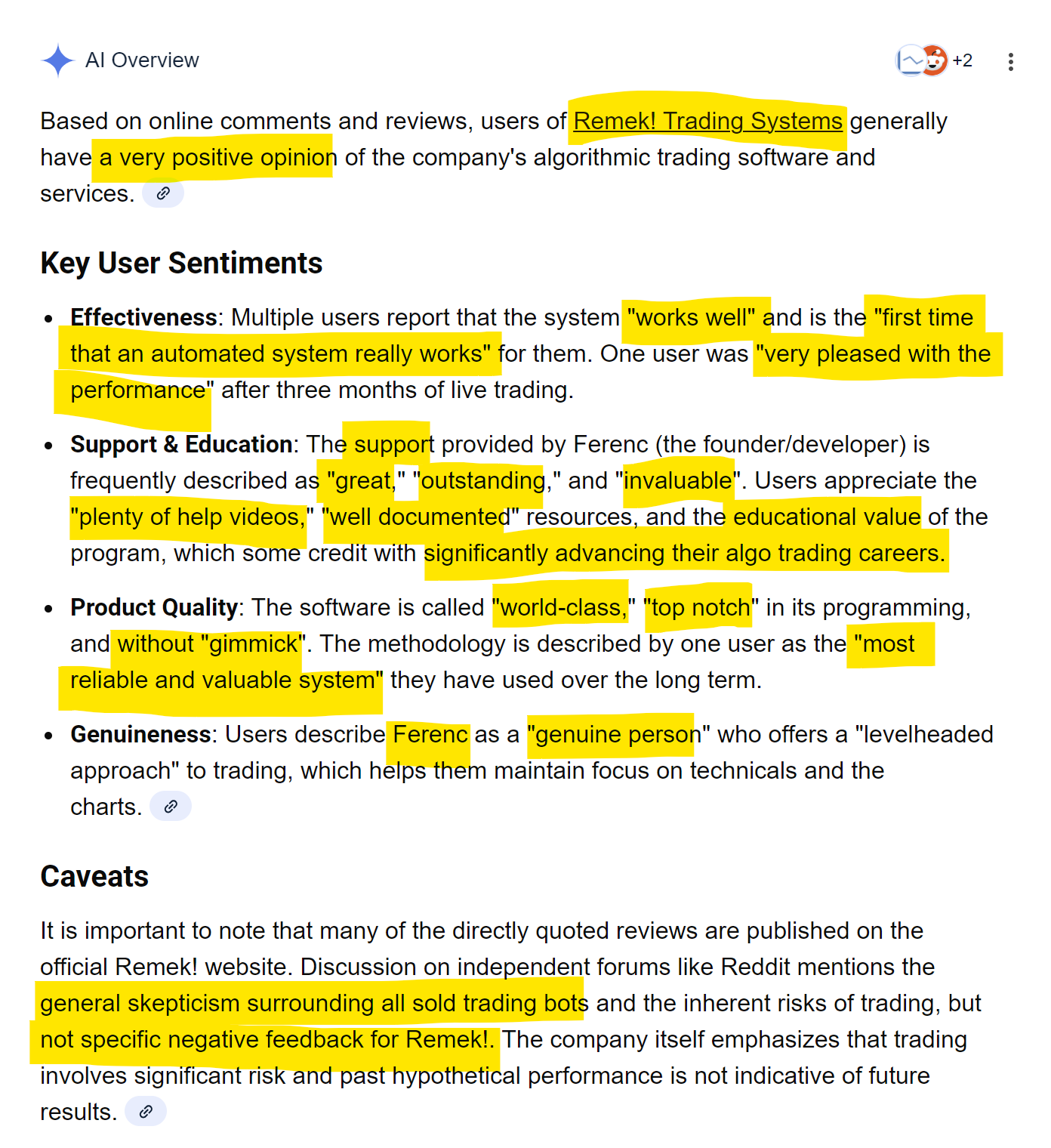We have discussed this in the past on these pages, but it’s always useful to revisit the basics: a trade for us consists of two phases.
Identifying the opportunity: learning to identify the opportunity is crucial for success. We can think of several ways to do this step:
a) we can write a computer code (as we have) to automatically classify and identify the simultaneous presence of certain conditions on the market, and we can program the computer (as we have) to produce a signal, which we can then use as the trigger into the trade.
b) or we can learn to read the chart with our own eyes and identify opportunities in a discretionary (but still rules-based) manner.
c) or some combination of the above. (Many traders find that, over the years, they become better at using their data-driven intution and experience as a powerful supplement to the algorithmic systems they may be using in their work.)
2. Having identified the opportunity, we have to decide if we can or want to get to work and seize the opportunity identified above. If the answer is yes, then we enter the phase we call structuring the trade. (Think of it as designing the trade.) The question that needs to be answered at this point is how to best take advantage of or capitalize on the opportunity identified in Step 1 above. We need to decide
a) with what instrument to execute the trade (futures, ETFs, options?)
b) with what size to execute the trade
c) on what timeframe to execute the trade
d) with what tool to execute the trade.
GC SI HO - Futures, foreign currency and options trading contains substantial risk and is not for every investor. An investor could potentially lose all or more than the initial investment. Risk capital is money that can be lost without jeopardizing one's financial security or lifestyle. Only risk capital should be used for trading and only those with sufficient risk capital should consider trading. Past performance is not necessarily indicative of future results.
See an example for this work, specifically 1c above, i.e. how to identify opportunities with the help of data-driven intuition/experience, from yesterday’s Premium video (published at 3.30am ET, just after the European open, see timestamps on the charts). See how we combine our solid systematic approach with discretionary thinking.
As the saying goes, the best time to plant a tree was 20 years ago. The second best time is today. So join us today.



